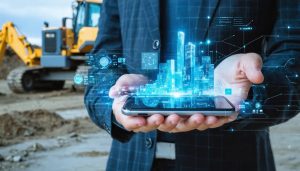
Construction Resilience: How Modern Buildings Are Engineered to Survive Anything
In an era of intensifying climate challenges and evolving project demands, resilient technology in construction has become fundamental to building success. The construction industry faces unprecedented pressures – from extreme weather events and resource scarcity to rapid technological advancement and shifting regulatory landscapes. Modern construction resilience transcends traditional building practices, encompassing adaptive design strategies, innovative materials, and intelligent …









